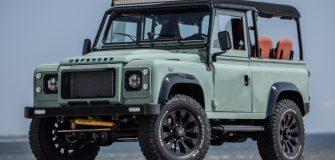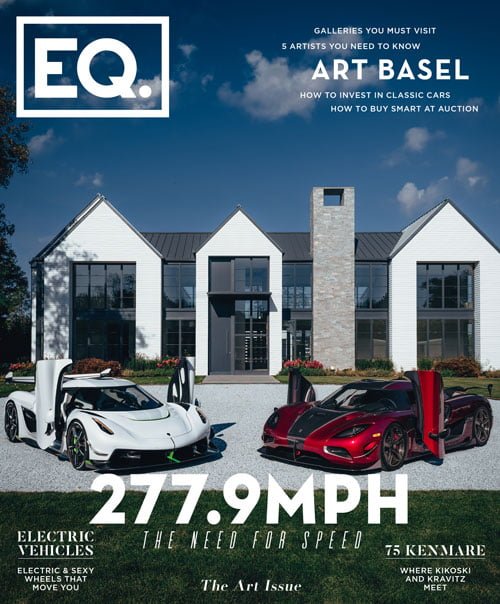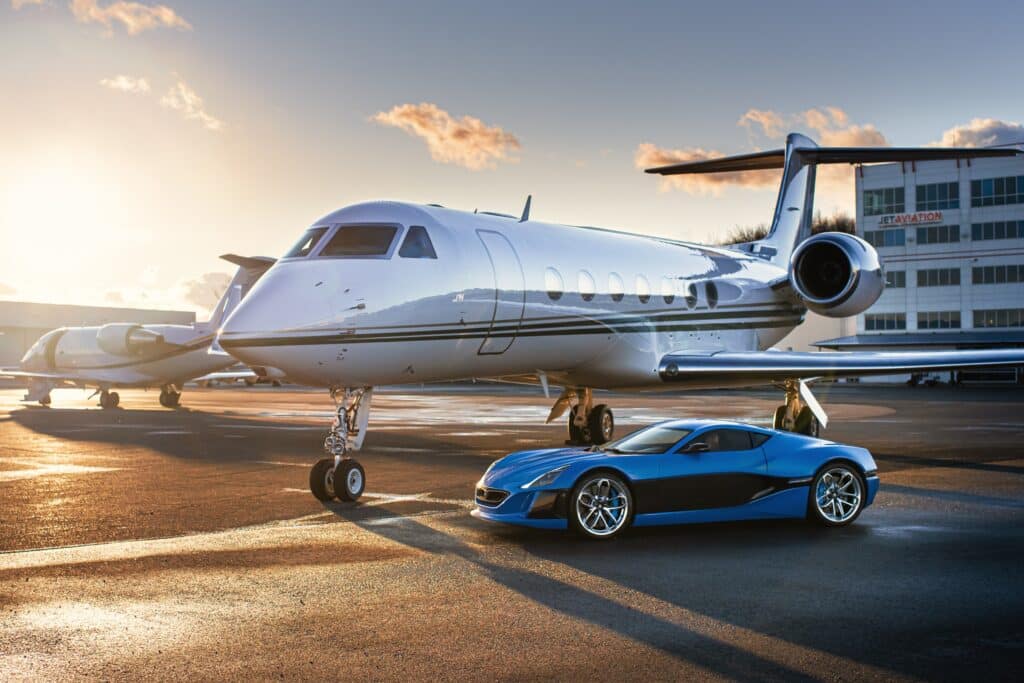
One on One with Mate Rimac
Europe’s Answer to Elon Musk
Written by Daniel Hilpert | Imagery and Videography courtesy of Daniel Wagner |
RIMAC MODELS AVAILABLE AT MANHATTAN MOTORCARS
Zagreb, Croatia, a country with a population of 4 million and a GDP that’s just one quarter of Hyundai, is the least likely place to start an electric car company. But that’s where Rimac Automobili is headquartered. At age 31, the company’s founder Mate Rimac is a rockstar. I had the pleasure to speak with him after our EQ cover shoot at Teterboro Airport with the Concept_One, Rimac’s first model. It is quickly apparent that Mate is energetic, intelligent and passionate—a true visionary and a force to be reckoned with next to legendary hypercar makers Pagani and Koenigsegg.
Rimac Automobili’s story began 11 years ago in 2009, with Mate’s steadfast fascination of Nikola Tesla, the Serbian-American investor, futurist, electrical and mechanical engineer. Young Mate showed an early talent for electronics. He started out in his garage and soon won national electronics competitions.
Going hand-in-hand, Mate had been racing BMW 3 Series, when one day, fate struck, the engine blew up. Mate ripped out the rusty combustion engine and working in his parents’ garage and buying parts off the internet, he replaced it with an electric engine—and that’s how the first electric race car was born. Initially met with ridicule, Mate’s converted BMW kept getting faster and faster, breaking records and drawing attention.
In his head, Rimac Automobili was taking shape, but Mate needed capital, which he found in the Middle East. He cut his teeth in the venture capital world negotiating a $4 million investment. Mate recalls, “At the time you couldn’t find an attorney in Croatia experienced in venture capitalism. The investment came with strings attached: six months to deliver two cars at the 2011 Frankfurt Auto Show.”
It’s a start-up style that you won’t see in established carmakers (and which he maintains to this day), Mate convinced two engineers to leave everything behind and move to Croatia with their families. They were tasked with developing the best possible electric propulsion system. Unfortunately, Mate and his team quickly ran out of money. The investors put pressure on him by withholding funding unless he moved the production to Abu Dabi. When Mate rejected the deal, electricity was cut and suppliers dried up. Mate and his team finished the car en route, in a truck on the way to Frankfurt. And made it in time. The Concept_One has 1,224 hp and hits 62 mph (100 kmh) in just 2.5 seconds. Frankfurt was a success and he started looking for new investors and avenues for expansion.
Noticing that established carmakers were making large investments in hybrid and electric vehicles, while seeking resources to develop high performance solutions to quickly scale up manufacturing, Mate knew his niche. To keep the lights on, Rimac started developing new technology and prototypes for other manufacturers, meanwhile it was continuing to perfect its prototype.
2013 was a breakthrough year, Rimac raised $10 million of second round investment from angel investors followed by $30 million from Chinese investors. Accelerating to 2018, Porsche’s $20 million investment put Rimac on the map. This was Porsche’s first investment in another company and the start of Porsche’s investment arm. Hyundai’s $18 million brought the total capital raised to $50 million.
In 2019, Porsche increased its share in Rimac from 10 to 15 percent, increasing the company’s valuation to an estimated $726 million. With that comes a focus on staying cash flow positive. While selling cars to consumers generates 50 percent of the company’s profits, two-thirds of its revenue is from B-to-B services and from the collaboration and sharing of technology with other manufacturers.
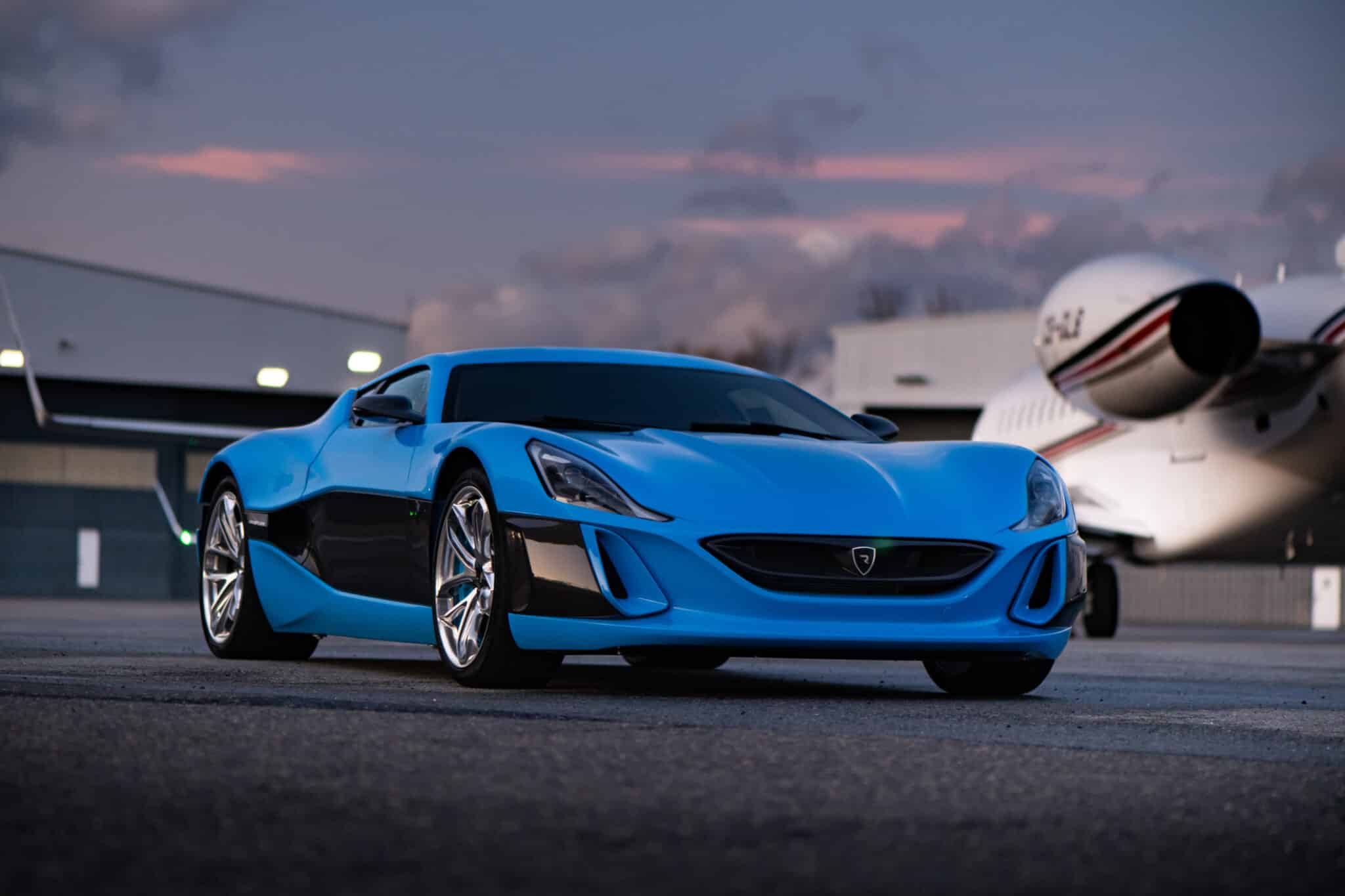
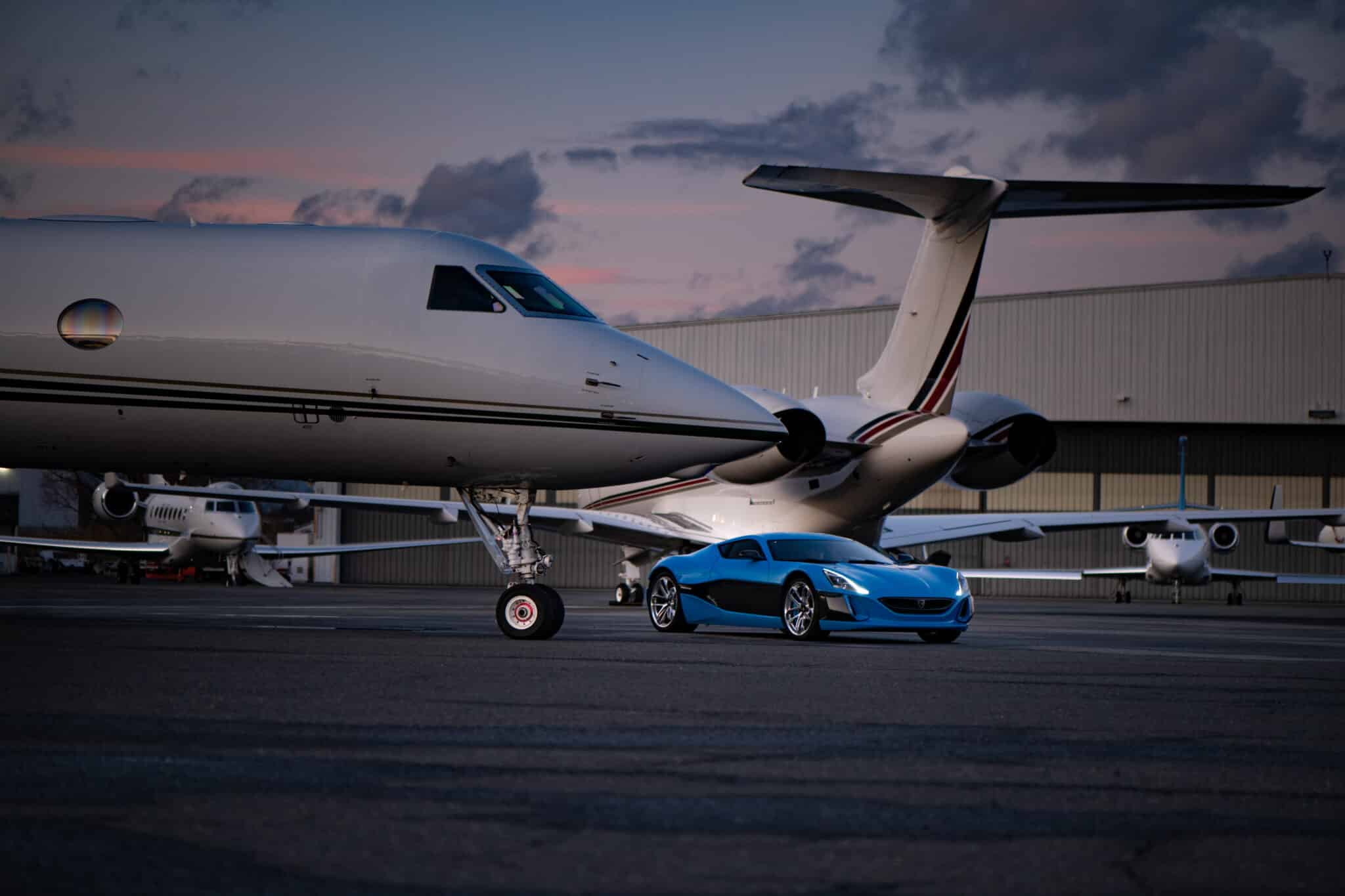
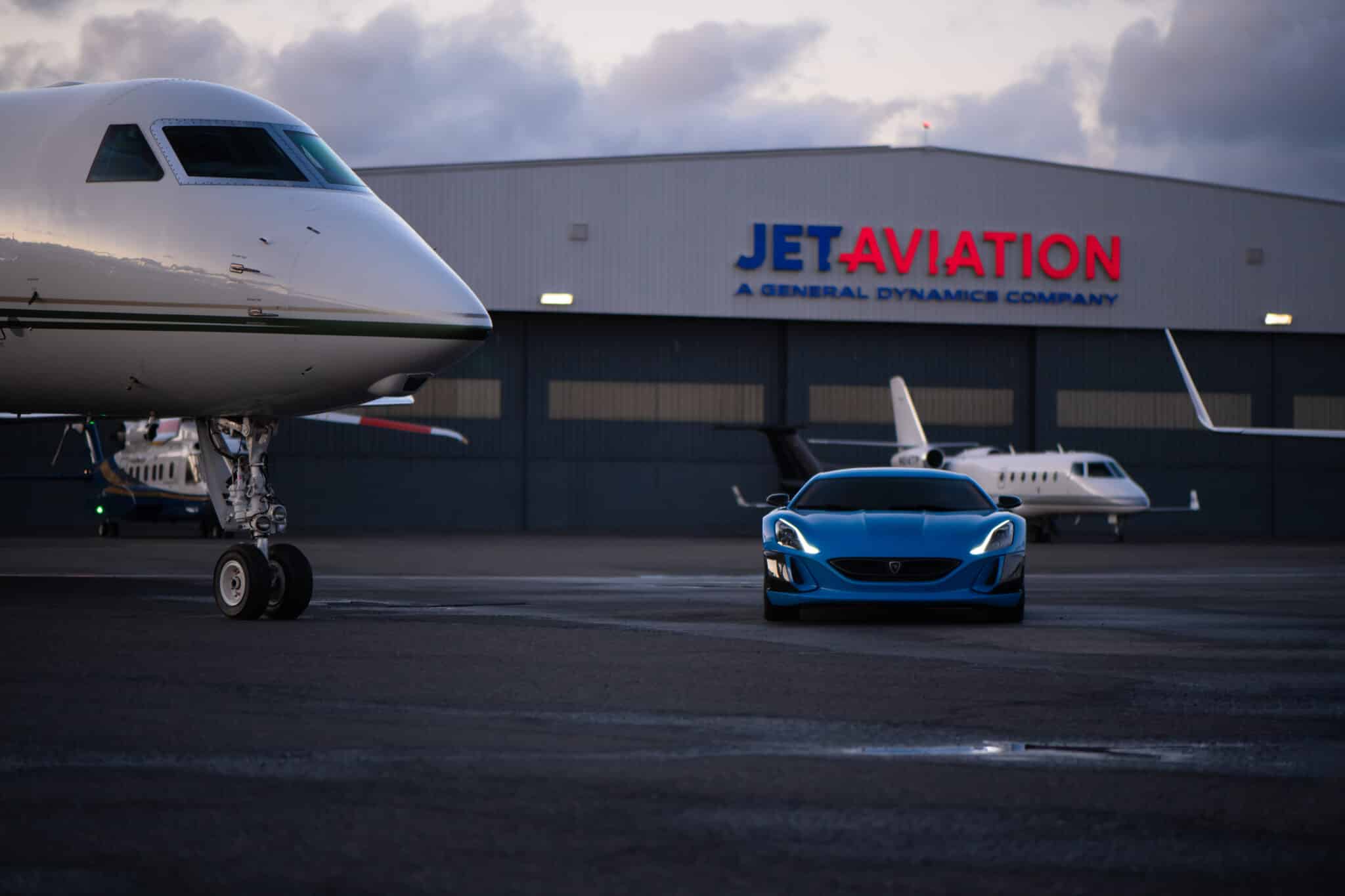
Could there be a worry that the enterprise could have any conflicts or diverging interests as Mate develops his own car? Mate responded decisively, “We are a technology company that is developing and supplying the technology. It’s based on a strategic relationship. Rimac will stay under the threshold of producing under 100 cars annually.”
Rimac will start production of the C_Two this year. At a $2.1 million price tag, the 1,914 hp will boost the acceleration from 0 to 62 mph in 1.97 seconds. The C_Two features a full carbon fiber monocoque with bonded carbon roof, integrated structural battery pack and rear carbon subframe, with crash structures formed from aluminum and carbon fiber. The result is that it is both light and exceptionally strong.
On the future of the car industry, Mate explained that most electric car batteries are manufactured in China, but this will change. European manufacturers will continue to ramp up production to keep jobs in Europe and attempt to control the supply chain.
Mate added that the industry is overly focused on electrification. Most car makers will successfully make the transition but fail to adapt to the real change—the changes in mobility. Mate expects the utilization of cars to change from its current 4 percent to over 70 percent. Ownership of cars will shift from individuals, demand will drop significantly as cars will be autonomous, owned and operated more efficiently. With the change in mobility, cities will change and we will see a major shift in real estate markets.
We’ve seen technology influence mobility change the way we live, travel and work before. The iPhone changed the phone industry and the original automobiles changed the world. The shift will have winners and losers. Hopefully, we will see less traffic, less accidents, and productivity will increase and parking costs will go away.
Rimac Automobili has plans on how to participate in the future of mobility, but this is still many years away. The company is profitable, and unlike well-funded startups like Fisker, Rimac was cashflow positive from the beginning. Rimac’s culture and management style is rooted in the early days in Mate’s garage when it was driven by the necessity to stay lean and survive. Rimac is valued as a technology company. Mate knows that the company’s success rests in the duality of the business model and on continuing to develop exceptional cars.
A SPECIAL THANK YOU TO JET AVIATION AND MANHATTAN MOTORCARS
FOR PROVIDING THE FEATURED VEHICLES.
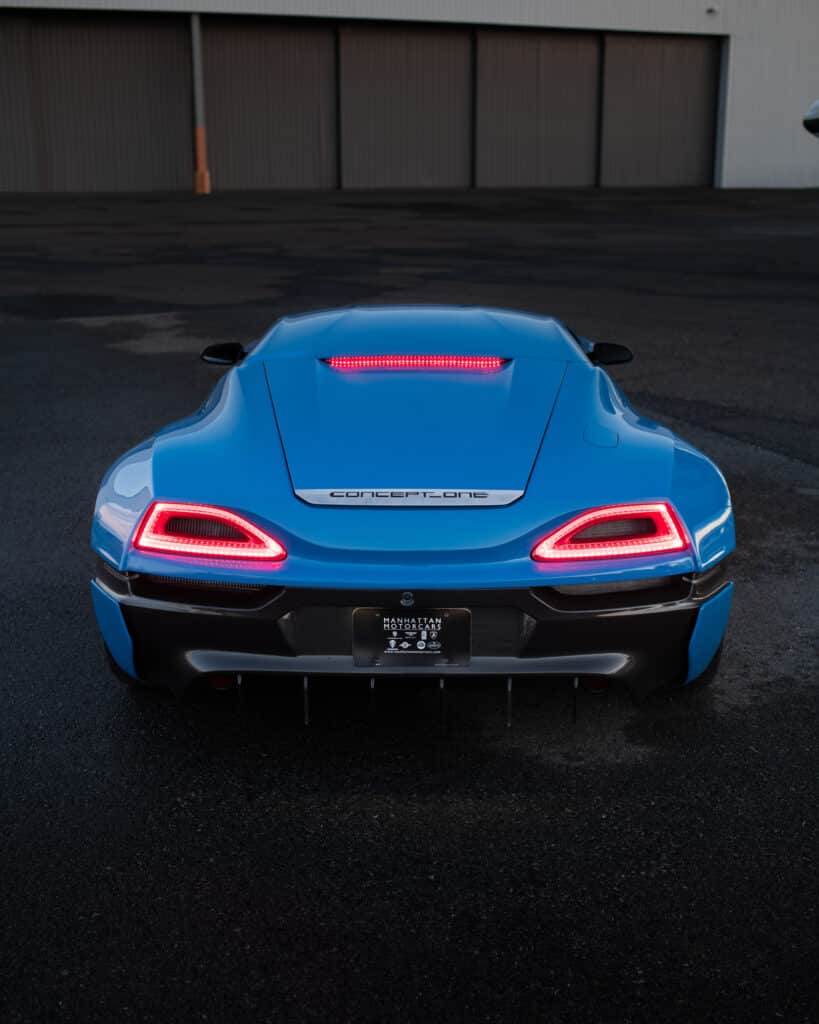
Related Articles
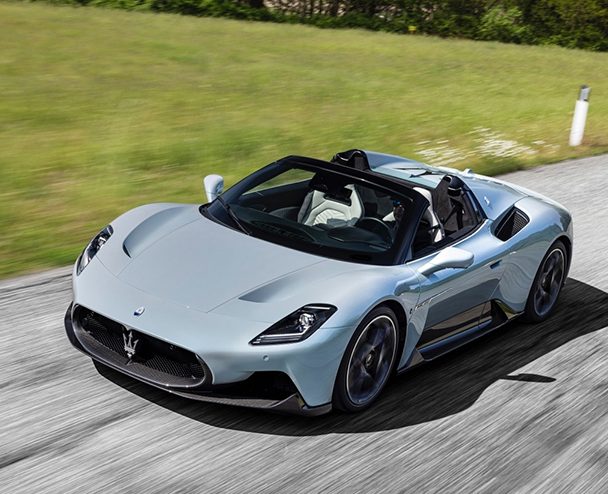
Maserati C20 Cielo: The Art of Power and Performance
A thrilling blend of beaty and unbridled power that turns heads and test limits
Read More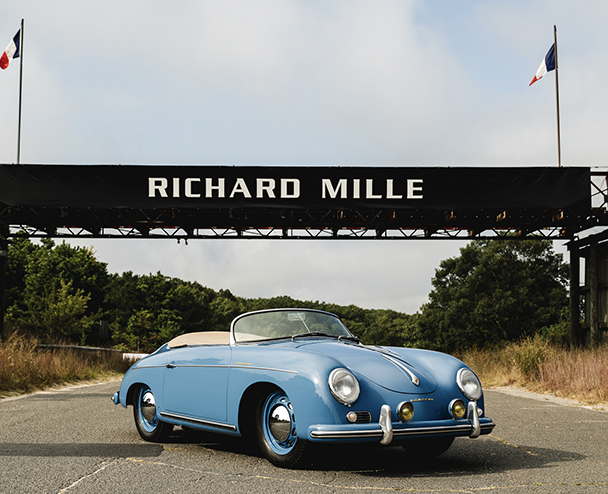
A Masterclass in Automotive Excellence: The Bridge VIII
Where rare cars and the Hamptons charm meet the ultimate collector’s event
Read More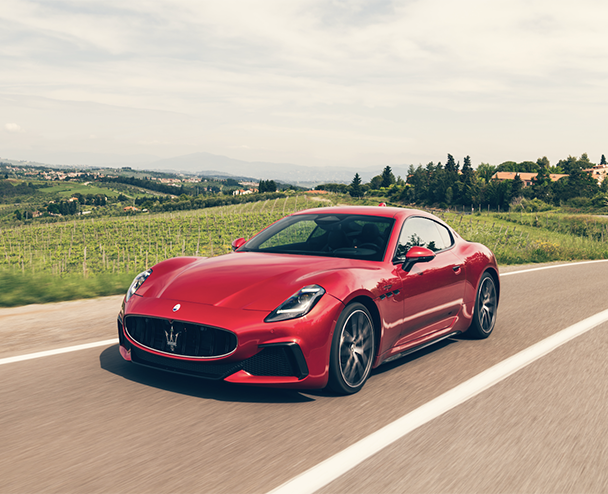
Riding the 2024 Maserati GranTurismo Trofeo
From Tribeca’s Urban Chic to Montauk’s Coastal Charm
Read More
ADVERTISE WITH EQ
ebunn@equicapmag.com
dhilpert@equicapmag.com
Popular Posts






